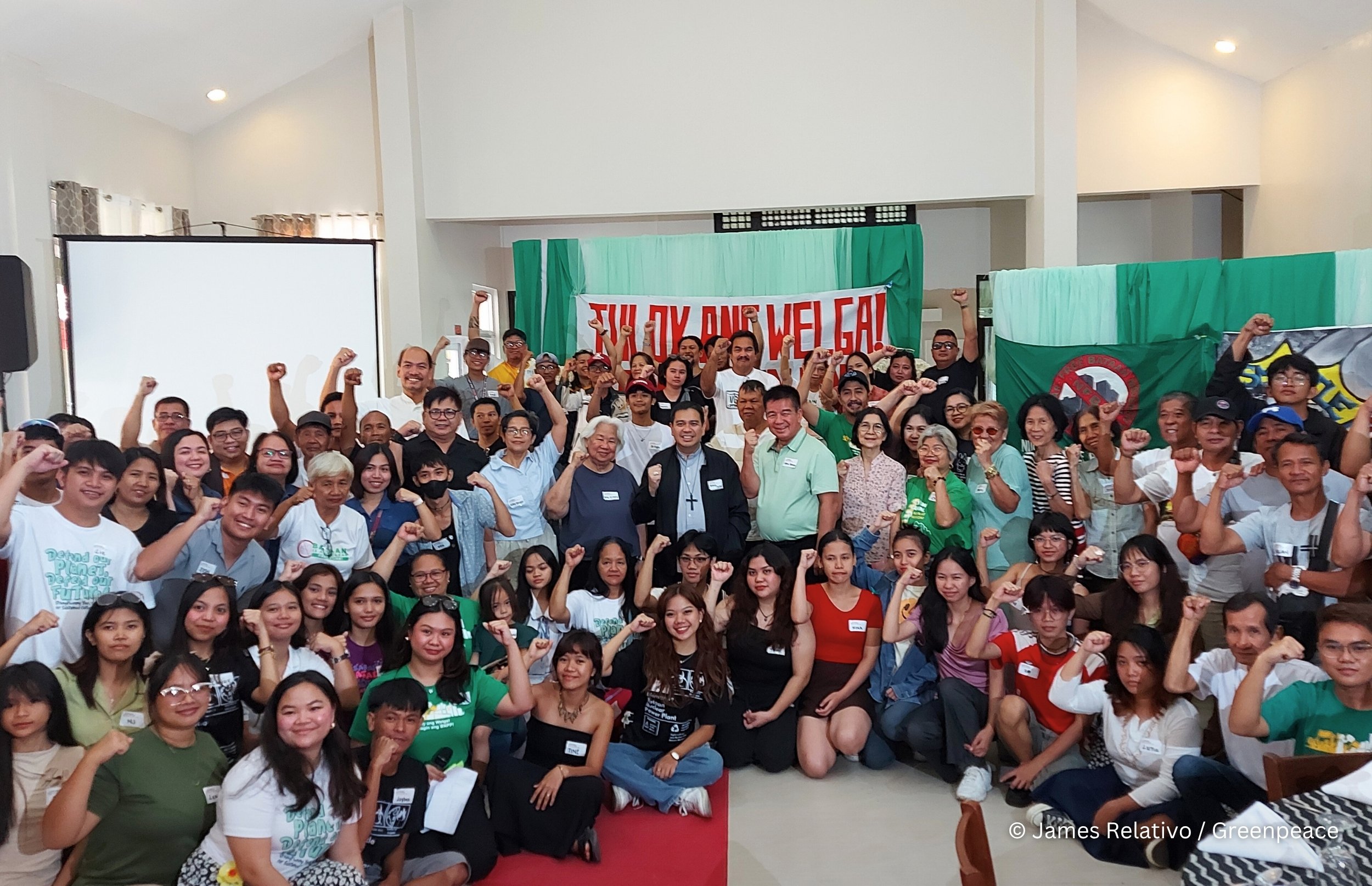COP27, the 27th UN Climate Summit, will take place in Sharm el-Sheikh, Egypt from Sunday, 6th to Friday, 18th November 2022.
Taking place just a few months after the release of the latest two reports by the Intergovernmental Panel on Climate Change (IPCC), the summit arrives at a crucial moment. Delivered straight from the world’s top climate scientists to world governments, the reports made clear that the climate crisis is here, wrecking lives, livelihoods, communities and cultures around the planet. Recent large-scale climatic changes of unprecedented nature are now appearing faster and will get more severe sooner.
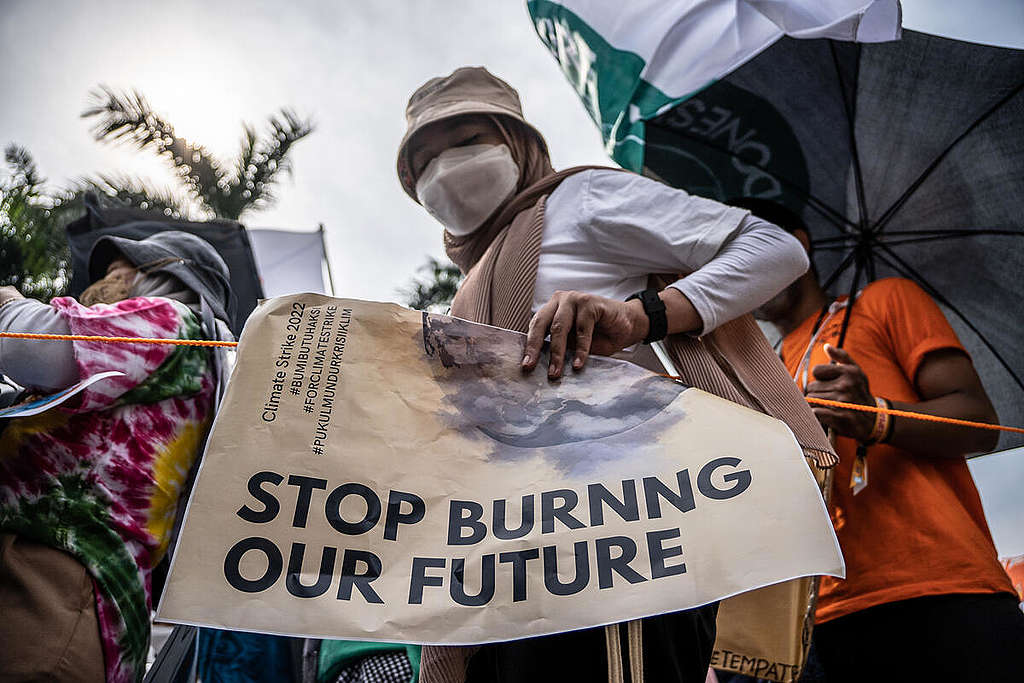
This decade is critical to minimise the scale of further irreversible changes and losses ahead and with both climate impacts and inequality growing, COP27 needs to deliver on climate justice. World governments at COP27 will have to stop trying to solve crises using old and broken systems, enabling false solutions and empty pledges.
So let’s break down what is needed for that to happen, what COP27 even is and what the global climate movement can do about it:
What is COP27?
The United Nations Framework Convention on Climate Change Conference of the Parties (UNFCCC COP, or just COP) is the world’s yearly climate conference, where governments meet to negotiate plans for tackling climate change. This will be the 27th meeting of its kind.
Known as the ‘African COP’, this year’s summit is expected to focus on finance, adaptation and loss & damage- issues generally poorly addressed at COP26 but behind which there is global momentum from countries and communities made vulnerable by climate impacts.
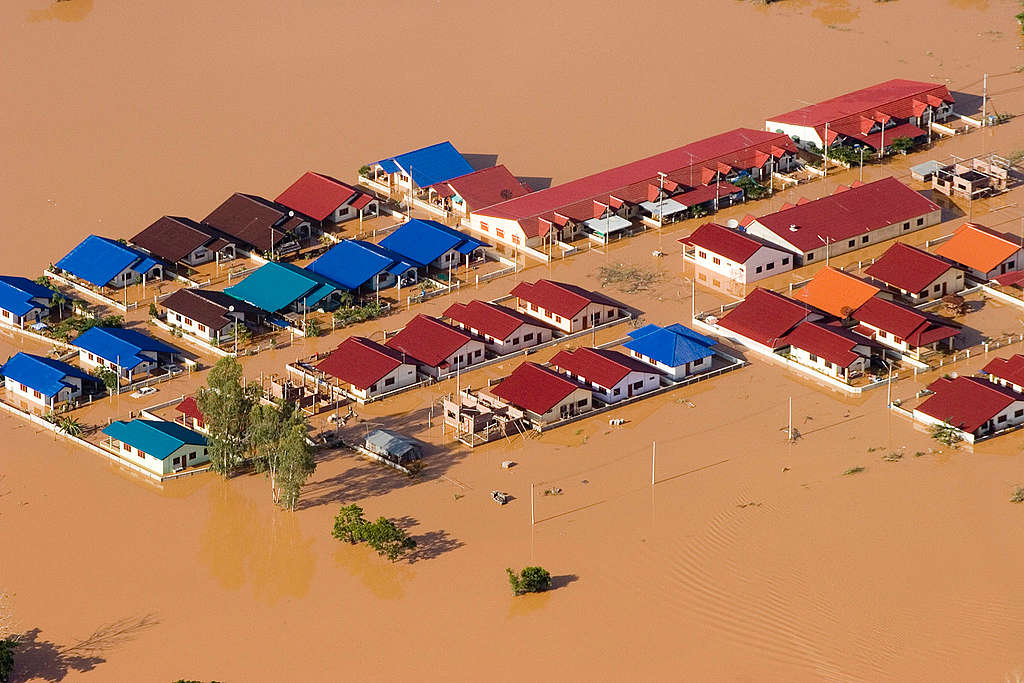
What does Greenpeace do at COPs?
Greenpeace sends representatives to the COP including policy and scientific experts, campaigners and those on frontlines of the climate crisis, to observe and make sure that politicians are listening.
Greenpeace also supports and works with grassroots groups and representatives whom decisions made at COP27 will most immediately and directly affect. Despite being the least responsible, these community representatives are the most exposed to the climate crisis.
Who will attend COP27 and who needs to step up?
Representatives and heads of states from governments all around the world attend along with civil society representatives from NGOs, businesses, faith groups, scientists, and other groups such as Indigenous Peoples’ delegations. Media outlets from around the world will also be present.
The leaders from the richest nations of today particularly must demonstrate strong political will to move their current plans significantly faster. G20 countries account for nearly 80% of global emissions, but far too many of them are yet to boost their climate plans ahead of COP27, including the US, India, China, Australia, Saudi Arabia, Russia and Brazil. Ensuring companies, governments and financial backers of this system take urgent steps to prevent harm, while paying for the political, social, and financial costs of climate harm they knowingly created will be a main test of COP27.
At its core this conference will be about delivering justice. Who will pay for the damages already caused by the climate crisis: the polluters who are profiting from the industries which are causing this crisis, or the people at the sharp end of its impacts – Indigenous Peoples, frontline communities and young people across the world? Those who are wrecking our present must be accountable to the future.
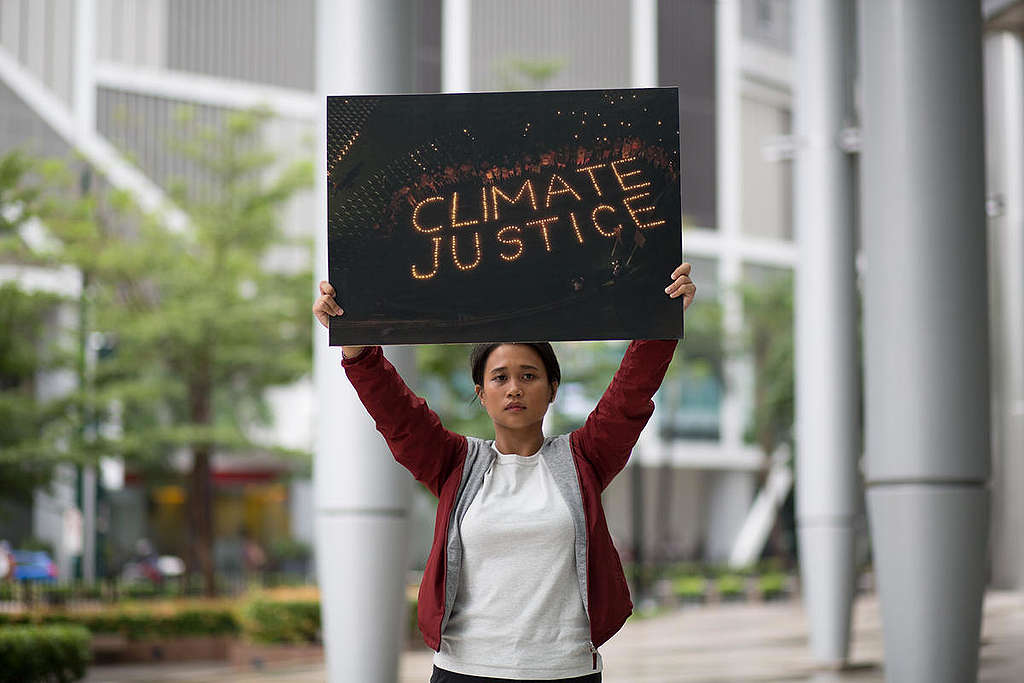
What’s important at this year’s COP?
There are few big issues that need a decision at this year’s UN climate summit. The main importance of COP27 will rest on the potential progress made in a number of political issues (such as loss and damage finance) rather than in the decision texts to be adopted. However, as always, the longer governments wait to take action, the harder it will be to succeed.
What is Greenpeace specifically asking for in the lead up and at COP27?
To achieve climate justice and limit temperature rise to 1.5°C as promised in the 2015 Paris Climate Agreement, COP27 must ensure:
1. Those in the most vulnerable countries and communities have access to rapid and
adequate financial resources and technical assistance to deal with the damages already
caused by climate change.
Richer, historically polluting countries must bring forward additional financial contributions towards a global loss and damage finance facility. The existing financial arrangements to deal with the costs of climate impacts are inadequate and support to impacted countries and communities to recover from past, current and future climate disasters must be prioritised, through making polluters pay.
2. All countries contribute, in a just and fair manner to the rapid phasing out of fossil fuel use, and to the halving of global greenhouse gas emissions by 2030, on the way to zero.
A complete phase-out of fossil fuels must be in the final COP decision, as well as corresponding NDC commitments. That means no new oil wells, no new coal plants, no new coal mines and no new gas projects. Such a commitment to end all new fossil fuel projects immediately also must be delivered through a just transition for workers and affected communities.
3. Low income countries have access to the necessary financial resources to prepare for the effects of climate change, and to decarbonise their economies.
At the Copenhagen Climate Summit in 2009, rich countries committed to support low income countries with US$100 billion/year by 2020. This promise was not met and governments from rich countries urgently need to increase their overall climate finance contributions, particularly in support of adaptation measures.
4. Protecting nature and fighting climate change must go hand in hand.
We are not only facing a climate crisis but also one of nature and biodiversity. Protecting and restoring nature is crucial to addressing these crises but must be done in parallel to an urgent fossil-fuel phase-out and emissions reductions. Moreover, any solutions put in place must be with the active participation of Indigenous Peoples and local communities. Governments must recognise the important role of nature in climate mitigation, in adaptation, as a cultural and spiritual symbol and as a home to diverse flora and fauna.
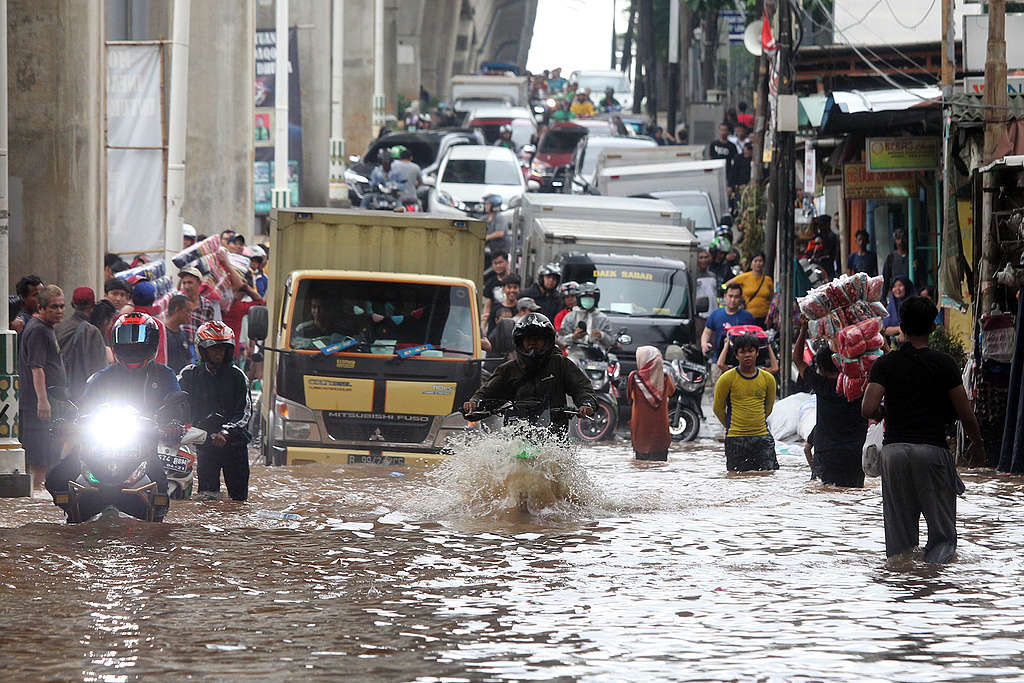
What can we do ahead of COP27?
While the summit can be a forum for the political climate action we desperately need, it will still require the global climate movement to continue pushing governments and other vital actors in the negotiations both in attendance and across the world to make those big carbon cuts as soon as possible.
Take heart in that more than ever, there has been an astounding increase in awareness and activism. Students are organising global climate strikes across the world where millions have taken to the streets; elections have centred with the politics of the climate crisis, and more groups and impacted communities are taking the climate justice fight to the courts, and winning. People-power is working and the movement is getting stronger by the day.
Of course, all this doesn’t mean the big issues will be sufficiently addressed in Sharm el-Sheikh. They very well might not be but that does not mean we stop fighting. Ever. The global movement, led by Indigenous Peoples, impacted communities and young people will carry on where leaders fail and emerge even more impactful and remarkable.
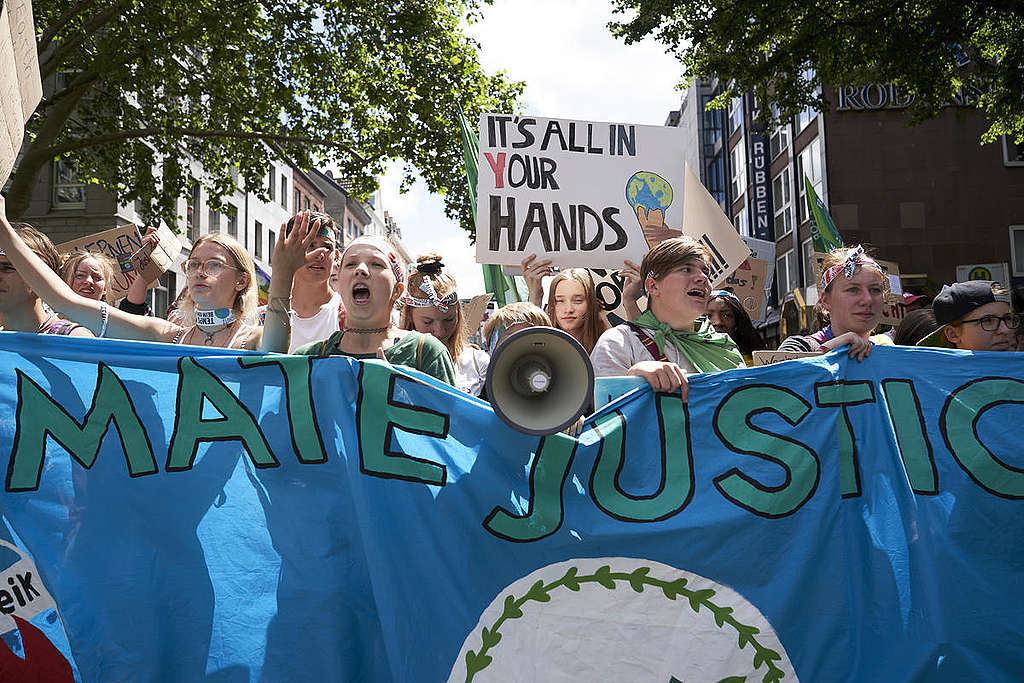

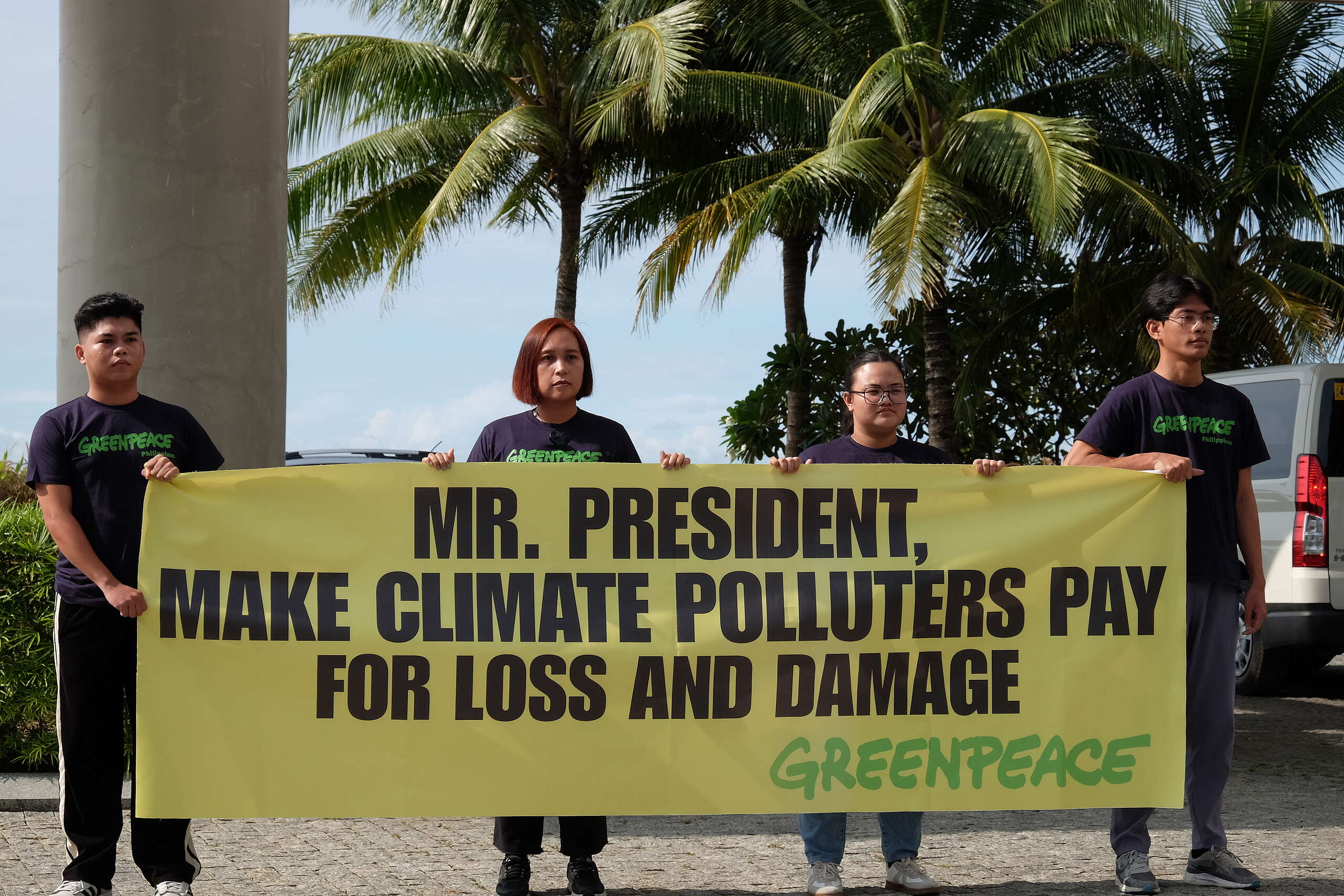
![[Blog] WHEN THE TIDE BECOMES THE TEACHER](https://www.greenpeace.org/static/planet4-philippines-stateless/2025/06/95c8411e-9a04f785-4293-46a6-a6cf-425f0a384682.jpg)
